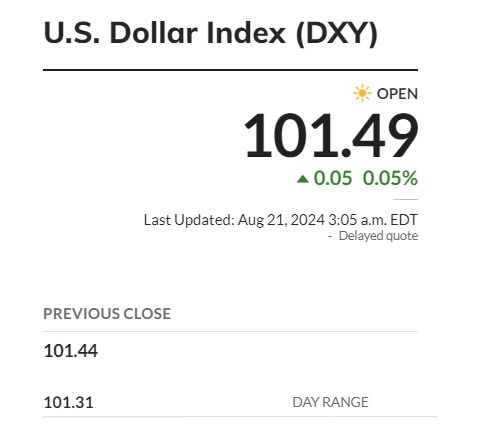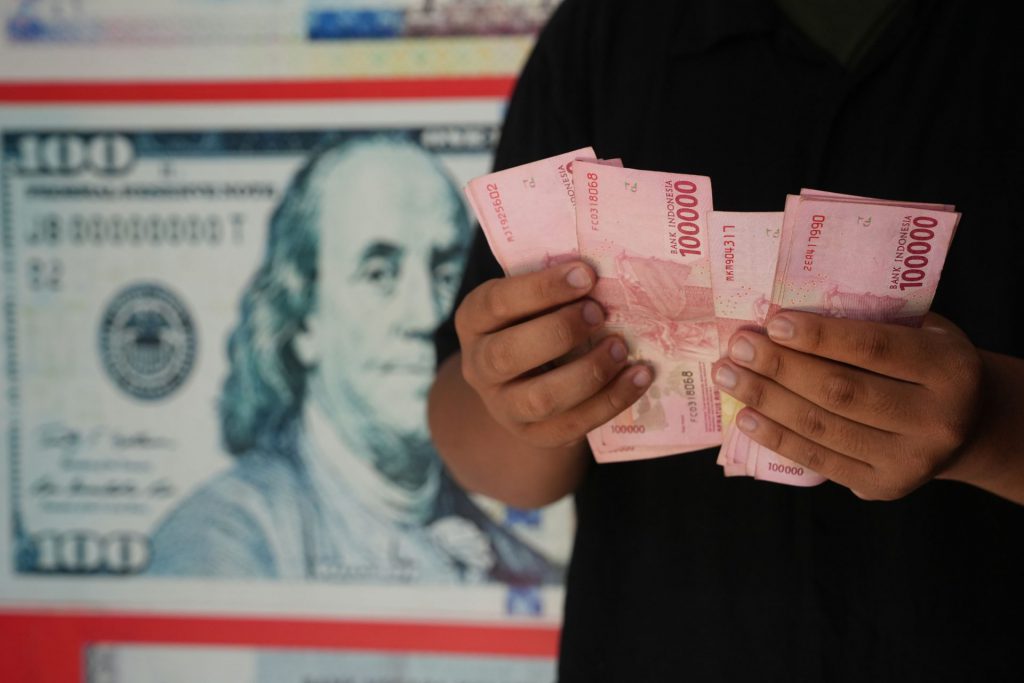The U.S. dollar has fallen to a new monthly low as local currencies climbed up the charts this week. The DXY index, which tracks the performance of the U.S. dollar, shows the currency falling to 101.5. This is the lowest the USD has fallen in the last two months after rising to a high of 104.2. The USD dipped for three sessions straight, giving way for local currencies to end in the green.
Also Read: Top 5 Commodities That Generated Massive Profits in 2024
Factors Contributing to the U.S. Dollar’s Decline

Local Currencies on the Rise
This development is allowing local currencies to rise this week and delivering profits to forex investors. Traders who took an entry position in the USD could see their portfolios in the red in the last seven days. The U.S. dollar remains under pressure currently as traders open positions in local currencies.
Also Read: Saudi Arabia’s Bahri To Acquire 9 Advanced Oil Tankers For $1 Billion
Why is the U.S. Dollar Falling This Week & Local Currencies Rising?

Anticipation of Federal Reserve’s Speech
The U.S. dollar is falling because traders await clues from Federal Reserve Chair Jerome Powell at Jackson Hole. His speech, which will be delivered on Friday, August 23, could dictate the next direction of the markets. The upcoming Fed speech could discuss interest rate hikes, inflation, and job growth, among other topics.
Also Read: Top 3 Cryptocurrencies For Healthy Gains In September 2024
Potential Market Reactions
If Powell’s speech indicates that growth in the U.S. is slowing down, confidence in foreign markets could rise. This development could lead to an influx of funds in foreign markets while institutional investors exit the U.S. markets.
Friday’s speech by Powell could affect not just the U.S. dollar but also the overall markets. The forex market will be the first to indicate if trouble is brewing. “If you have U.S. growth slowing and global growth holding relatively steady, that should lead to a lower dollar,” said Vasileios Gkionakis, Head of Europe Economics and Strategy at Aviva Investors, to Bloomberg.








